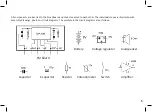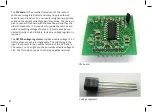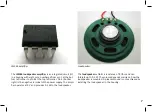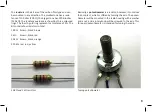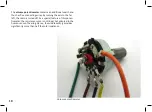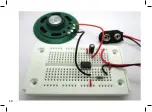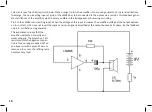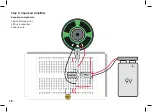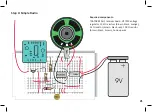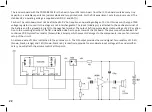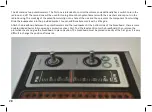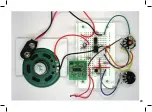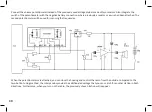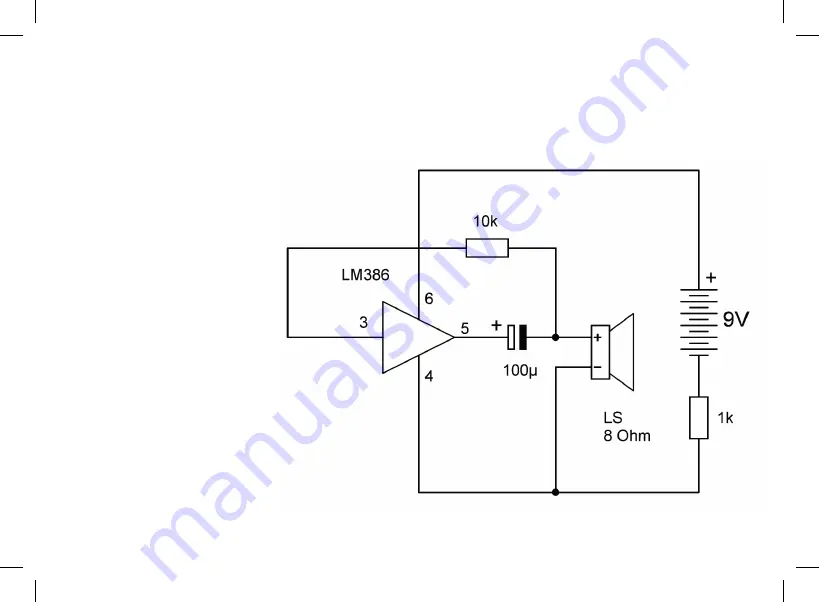
This circuit uses the 10 kΩ resistor (brown, black, orange) to turn the amplifier into a sound generator. For natural oscillations
to emerge, the non-inverting input at pin 3 of the LM386 has to be connected to the output via a resistor. This feedback gener
-
ates oscillations of the amplifier, which become audible in the loudspeaker as humming or clicking.
Pin 2 of the LM386 is an inverting input. When the voltage at this input increases, the amplified voltage at the output decreas
-
es. In contrast, pin 3 does not invert the signal: any input signal is amplified at the output but keeps its phase. By the feedback
on pin 3, oscillations are generated.
This experiment proves that the
amplifier is attached correctly and
works properly. The protective 1 kΩ
resistor within the negative connec
-
tion is thus no longer needed. When
you bypass it with a piece of wire or
remove it for a test, the rattling noise
becomes very loud.
16
Summary of Contents for RETRO RADIO
Page 1: ......
Page 14: ...14...
Page 15: ...Step 2 Sound Generator Required components 10 k resistor brown black orange 15...
Page 17: ...17...
Page 20: ...20...
Page 24: ...Step 5 Tuning Required components Hook up wire 24...
Page 29: ...29...
Page 35: ...Measured voltages 35...




